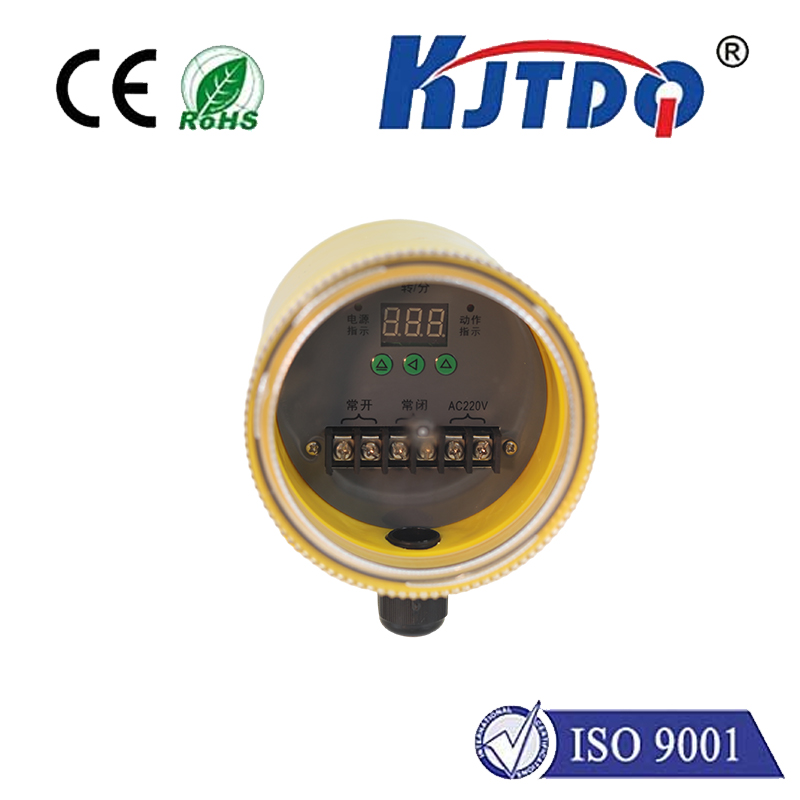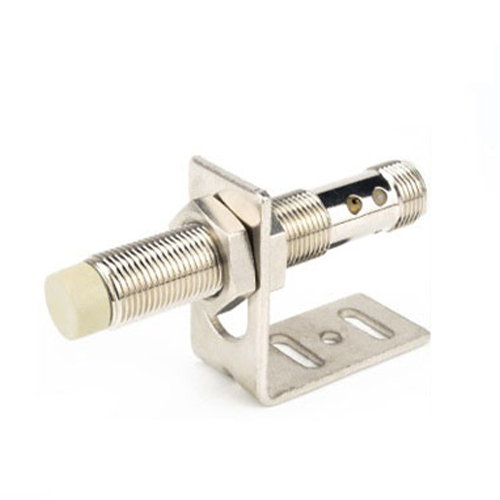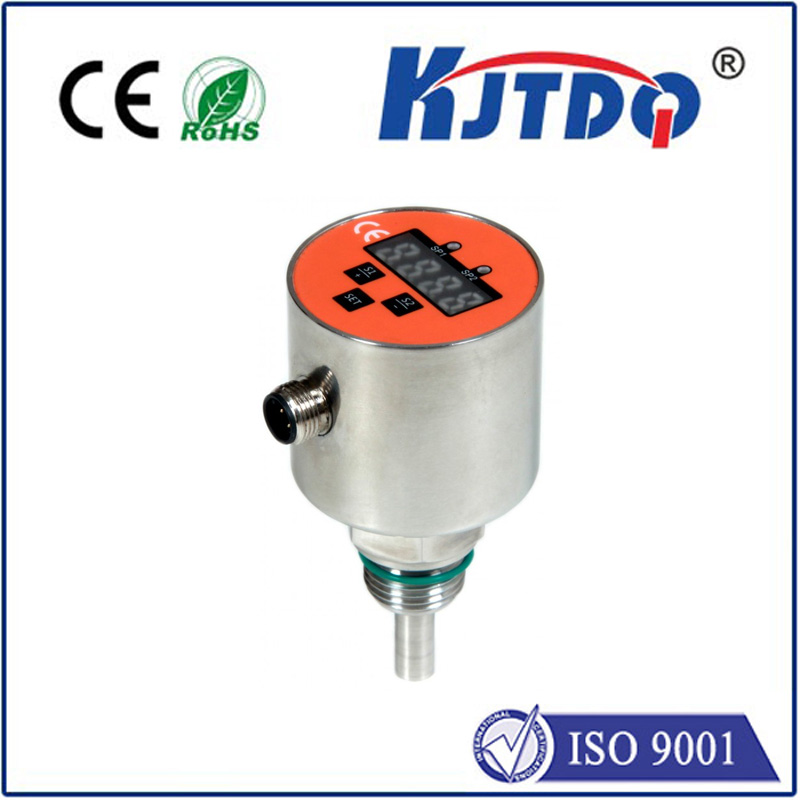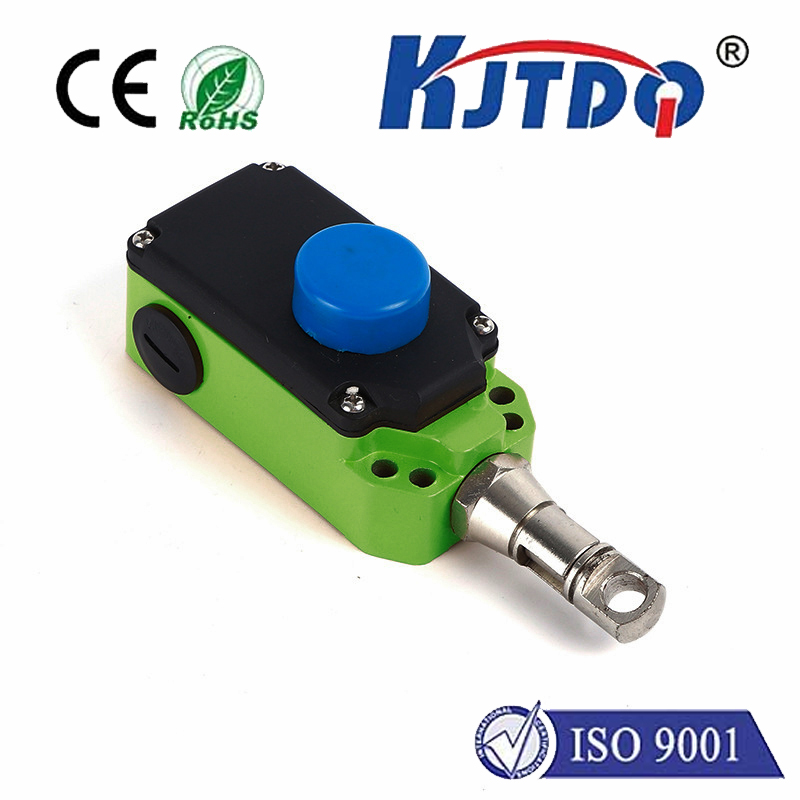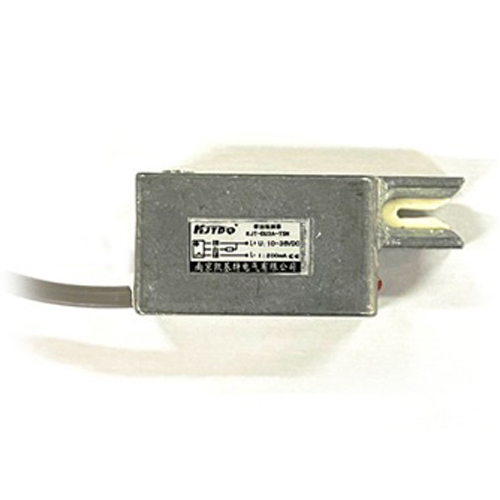infrared optical proximity sensor
- time:2025-09-06 01:45:49
- Нажмите:0
Unveiling Infrared Optical Proximity Sensors: How They Work & Where They Shine
Ever wonder how your smartphone screen magically turns off when held to your ear during a call? Or how modern faucets activate with a simple wave of your hand? The unsung hero enabling these seemingly intuitive interactions is often the humble infrared optical proximity sensor. This compact, intelligent device leverages the unseen world of infrared light to detect the presence, absence, or distance of nearby objects without physical contact, revolutionizing user interfaces and automation across countless industries.
Beyond the Visible: The Science of Infrared Sensing
Unlike our eyes, which perceive visible light, infrared optical proximity sensors operate in the infrared (IR) spectrum. Key to their function is an IR emitter, typically an infrared LED, which emits pulses of invisible infrared light. When an object enters the sensor’s detection field, this emitted IR light strikes the object’s surface. Depending on the material and distance, a portion of the IR light is reflected back towards the sensor.
Positioned near the emitter is an IR detector, usually a photodiode or phototransistor specifically tuned to infrared wavelengths. This detector’s job is to sense the intensity of the reflected IR light bouncing back from the target object. The core principle is simple: the closer an object is, the stronger the reflected IR signal (within the sensor’s effective range). Conversely, the absence of a detectable reflected signal indicates no object is present.
Why IR Optical Proximity Sensors Stand Out

These sensors offer several compelling advantages that make them the go-to choice for many proximity detection needs:
- Non-Contact Operation: Eliminates wear and tear and avoids potential contamination, ideal for hygienic applications (touchless faucets, soap dispensers) or delicate environments.
- Compact Size & Low Power: Modern IR proximity sensors are incredibly small, enabling integration into even the slimmest devices like smartphones and wearables. Their efficient design also minimizes power consumption, crucial for battery-operated gadgets.
- Cost-Effectiveness: They provide reliable object detection and presence sensing at a relatively low cost per unit compared to many other sensing technologies.
- Robust Performance: Less susceptible to interference from ambient visible light than some visible-light sensors, especially when modulated IR signals and optical filters are employed.
- Многогранность: Capable of detecting a wide range of materials, though performance can vary based on surface reflectivity (shiny vs. matte, dark vs. light). Crucially, they can detect non-metallic objects effectively.
Inside the Black Box: How Detection Happens
Digging deeper, the sensor’s internal circuitry performs sophisticated tasks:
- IR Signal Emission: The IR LED emits controlled pulses of infrared light.
- Reflection Capture: The photodetector measures the intensity of the returning IR light.
- Ambient Light Rejection: Sophisticated sensors incorporate filters and signal processing techniques to distinguish the emitted-and-reflected IR signal from background ambient infrared radiation, dramatically improving accuracy.
- Signal Processing: The analog signal from the detector is amplified and converted. Advanced sensors might use digital signal processing to calculate distance via techniques like triangulation or Time-of-Flight (ToF) – measuring the time delay between emission and reflection return for highly accurate distance measurement.
- Output Trigger: Based on the processed signal strength (or calculated distance), the sensor provides an output. This could be a simple digital signal (object detected/not detected), an analog voltage proportional to distance, or even digital data (like I2C output with precise distance readings).
Where You’ll Find Them in Action
The applications for infrared optical proximity sensors are vast and continually expanding:
- Consumer Electronics: The quintessential example: smartphone proximity sensors turning off screens during calls to save power and prevent accidental touches. Also found in tablets, laptops, smartwatches, and automatic screen brightness adjustment.
- Interactive Displays & Kiosks: Detecting user presence to wake up displays or initiate interactive content, enhancing user experience and saving energy. Enables “gesture sensing” in some implementations.
- Home & Building Automation: Core component in touchless switches for lights, automatic faucets and soap dispensers, flush sensors in toilets, and hands-free door openers. Vital for object detection in security systems (e.g., detecting someone approaching a door).
- Промышленная автоматизация: Used for non-contact sensing in assembly lines for part counting/jam detection, robot navigation and collision avoidance, position sensing in machinery, and liquid level detection.
- Automotive: Employed in interior monitoring systems (detecting occupants), automatic trunk opening/closing, blind-spot warning systems, and driver attention monitoring.
- Robotics: Essential for obstacle avoidance and navigation, allowing robots to sense and react to their immediate environment.
Maximizing Sensor Performance: Key Considerations
Deploying infrared optical proximity sensors effectively requires careful thought:
- Sensor Selection: Match the sensor’s detection range and accuracy requirements to the application. Consider whether simple presence/absence detection suffices or if precise distance measurement is needed (requiring more advanced IR ToF sensors).
- Optical Path: Ensure a clear, unobstructed path between the emitter, the target object, and the detector. Dust, smoke, or physical barriers can significantly degrade performance.
- Target Reflectivity: Sensor range and reliability can be affected by the target object’s color and surface texture. Highly reflective objects return more IR light, making them easier to detect at longer ranges than very dark or non-reflective (IR absorbing) surfaces. Extensive calibration/testing with the actual target materials is recommended.
- Environmental Factors: While generally robust, extremely bright direct sunlight or strong sources of IR radiation directly hitting the detector can interfere. Proper mounting and housing design can mitigate this.
- Power Management: Optimize sensor polling rates or utilize interrupt features in low-power applications to minimize overall system energy consumption.
The Invisible Enabler
From the smartphone in your pocket to the faucet in your bathroom and the robots assembling complex machinery, infrared optical proximity sensors are fundamental building blocks of modern interaction and automation. Their ability to provide reliable, non-contact sensing of objects through the clever use of invisible infrared light makes them indispensable. As object detection and presence sensing needs grow ever more sophisticated, the evolution of these sensors – particularly towards higher accuracy and lower power – will continue to unlock new possibilities for seamless interaction and intelligent systems across all facets of our lives. Understanding their working principle and diverse applications illuminates the unseen technology quietly shaping our daily experiences.

